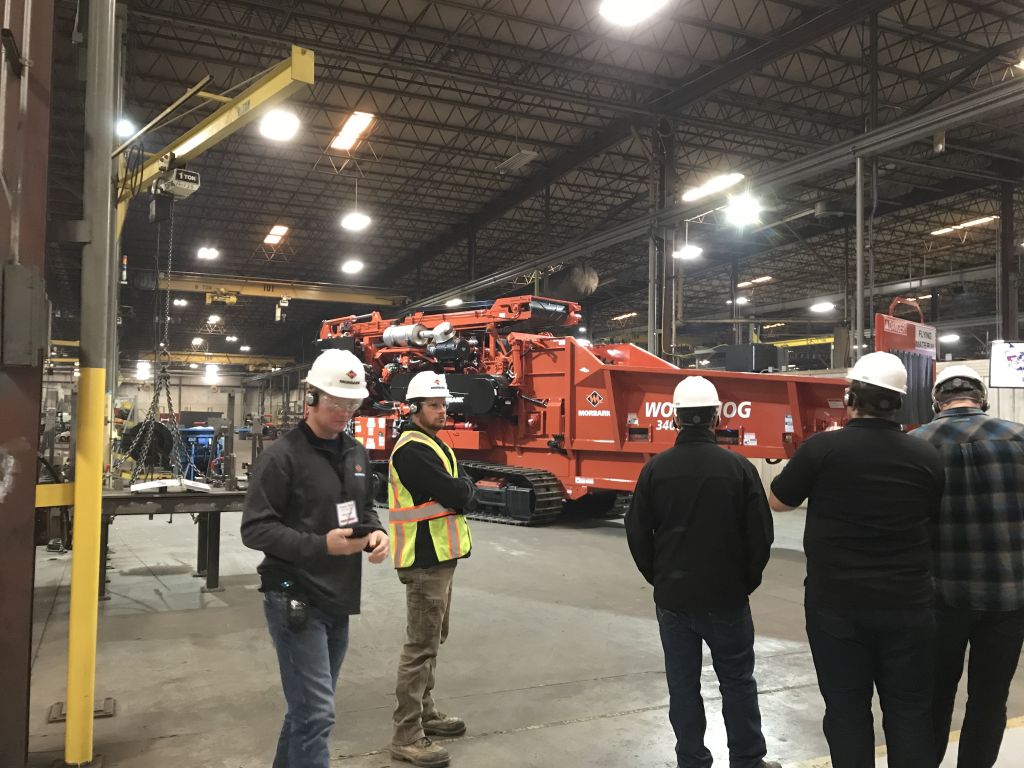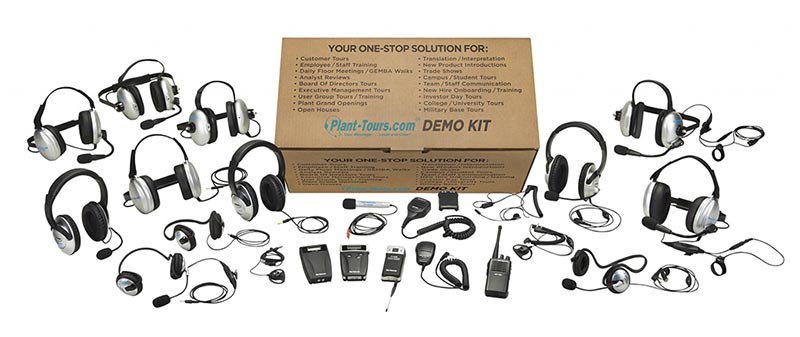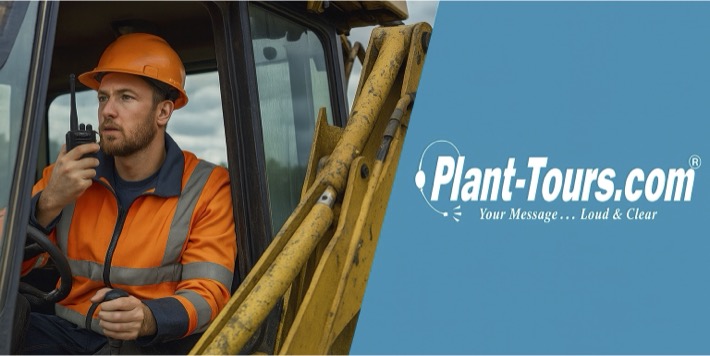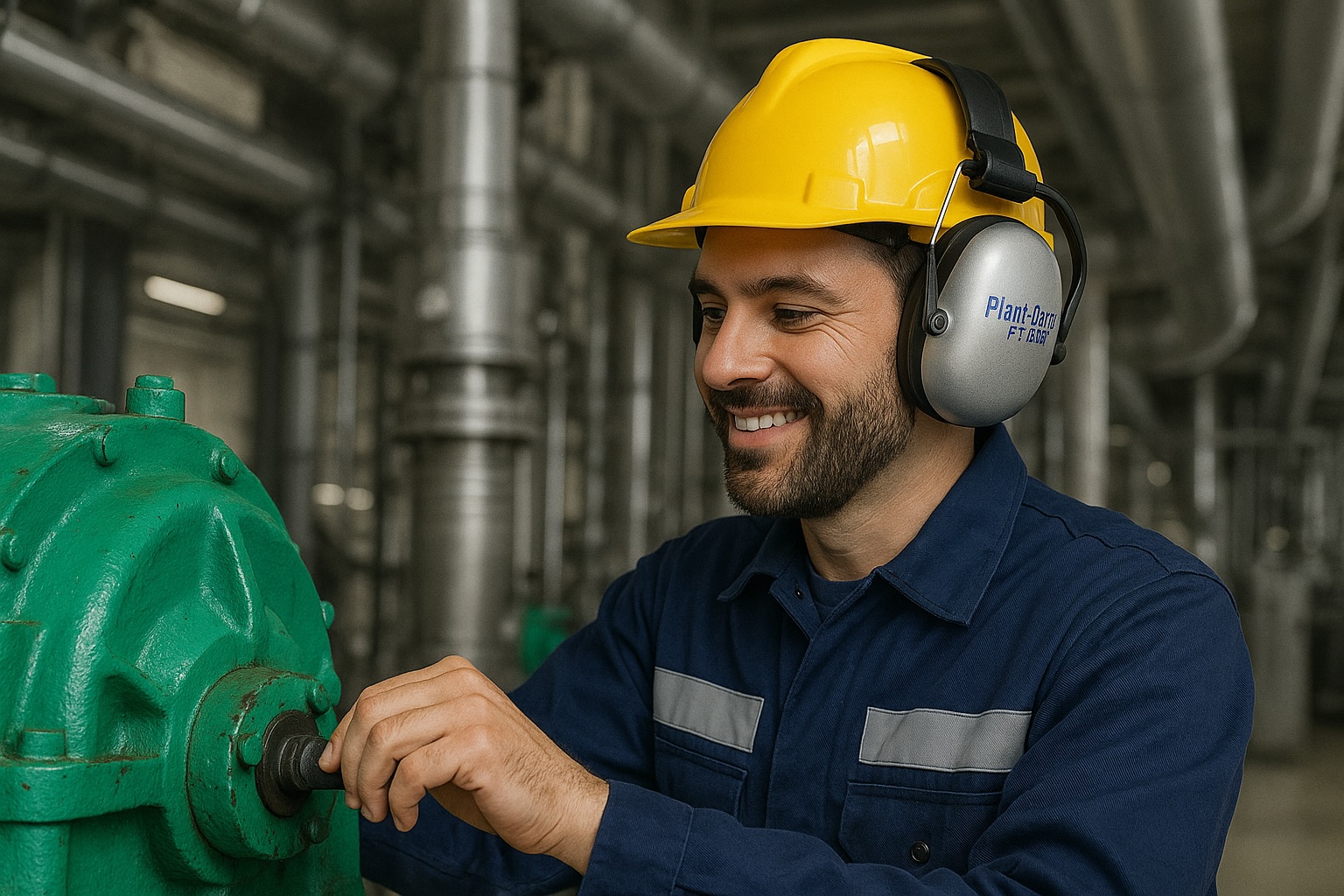When dealing with loud environments, having the proper hearing protection is vital. Not only does it prevent hearing damage, it increases productivity and helps ensure the overall health and safety of everyone involved. The first step to properly using your hearing protection devices (or HPDs) is understanding how they are rated.
WHAT IS THE DIFFERENCE BETWEEN SNR AND NRR?
HPDs obviously come in many forms — from your basic foam earplugs and earmuffs to more advanced factory and tour headsets, such as ours. While the ways in which all HPDs are rated are pretty similar across the board, they’re not exactly the same.
The amount of noise protection offered by most hearing protectors worldwide, for example, is determined by either their Noise Reduction Rating (NRR) or their Single-Number Rating (SNR).
The complete science and history behind the different methods of measuring noise attenuation in protective equipment around the world is, of course, pretty long and complicated.
Fortunately though, familiarizing yourself with — and differentiating between — your NRRs and SNRs is fairly straightforward, and we can help you do just that below.

SNR VS. NRR: KEY DIFFERENCES
One main difference between NRRs and SNRs is geography. In the U.S. NRR ratings are used. Within the European Union and the U.K., SNR ratings are typically used.
Another key difference is that the SNR ratings actually tend to be a few decibels higher than NRRs. Usually, it’s about 3 to 5 dB. For example, if a HPD has a NRR of 20, it may have an SNR of 23-27.
This discrepancy is often due to the methods of measurement, the formulas used, and the amount of population the respective ratings are intended for – which are all different in the U.S. than in Europe and the U.K.
While the science behind both rating systems is ever-evolving, their basic function remains the same — to keep you and your ears safe. However, there is currently no one formula to accurately convert NRR values to SNR values (or vice versa).
Thus, correctly understanding your actual level of protection basically comes down to adhering to the rules and regulations of the country you’re in.
PRO TIP: Make sure to frequently measure the actual sound levels in your environment with a decibel meter (aka a noise or sound level meter, or SLM) too – especially if you’re in doubt regarding your NRR and/or SNR. SLM measurements tend to be more or less identical around the world.

UNDERSTANDING NOISE MEASUREMENT METRICS
First, here’s a general breakdown of what NRRs and their SNR counterparts actually represent.
DECIBELS, DBAS, AND DBCS
Sound is measured in decibels (or dBs). How sensitive our ears are to that sound (i.e., its loudness) is most commonly measured in “A-weighted decibels” (or dBA).
There are other variations of decibel weighting too. For example, the “C-weighted decibel” (or dBC) is often used to measure low-frequency and high-frequency sounds.
However, while dBC deals with a broader frequency range, dBA remains the most common sound level measurement scale worldwide. Especially when it comes to HPDs in industrial settings.
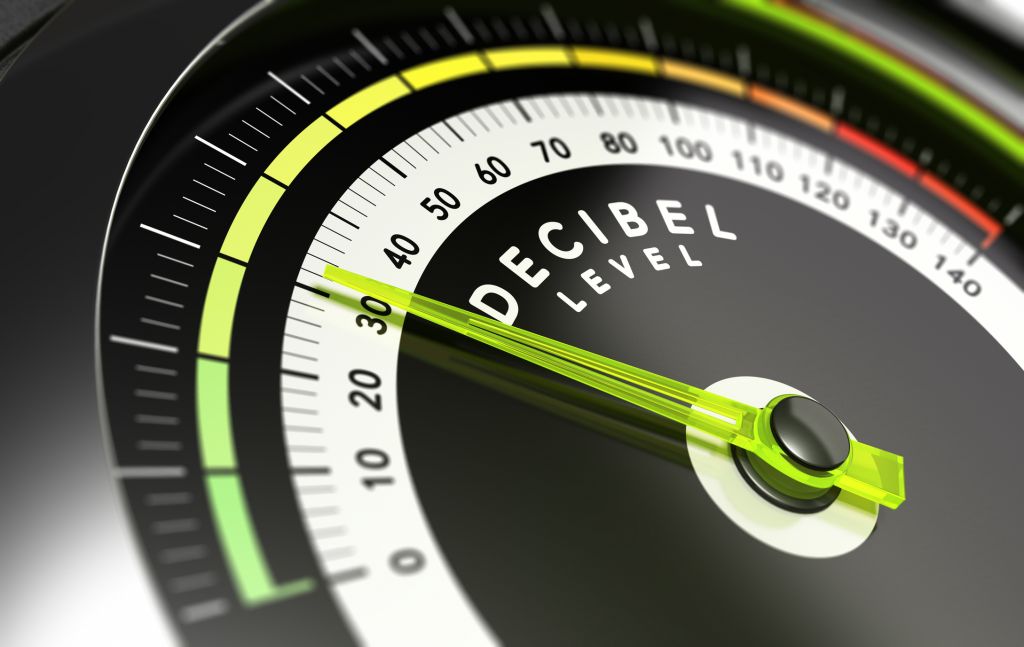
SAFE LEVELS OF DBAS
The level of one’s sensitivity to loud noise obviously varies from person to person. But to generally keep your ears safe, there are a number of safety guidelines set forth by various organizations.
Here in the U.S., for instance, the National Institute for Occupational Safety and Health (NIOSH) recommends that the noise in any given workplace be below a level of 85 dBA. Anything above that will require protecting your ear canal and/or your outer ear.
The Occupational Safety and Health Administration (OSHA) also requires that employers implement a hearing conservation program when noise exposure is at or above 85 dBA averaged over an 8-hour time-weighted average (TWA).
Meanwhile, both the U.S. Environmental Protection Agency (EPA) and the World Health Organization (WHO) recommend keeping noise exposure below 70 dBA over a 24-hour period and 75 dBA over an 8-hour period.
According to EPA, the current testing requirement for HPD labeling is set forth by the ANSI S3.19-1974 method. The NRR on most devices in the U.S. is therefore calculated from data gathered from this method of testing.
In short, how well your ears are protected depends on your device’s NRR. A lower NRR means less sound is blocked, while a higher one means your ears are more protected.
Moreover, OSHA recommends de-rating your HPD’s NRR by 50%, while NIOSH recommends derating earplugs by 50% and earmuffs by 25%.
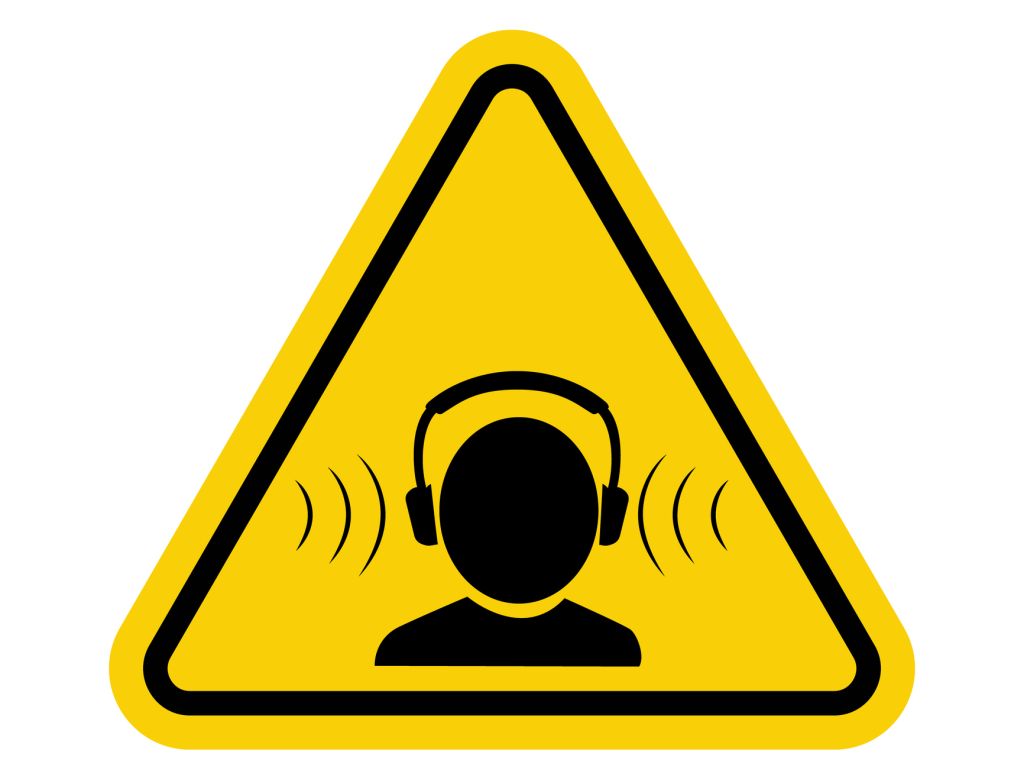
REAL-WORLD APPLICATIONS AND SCENARIOS
According to the Center for Disease Control (CDC) and OSHA, some 22 million workers in the U.S. face harmful noise exposure yearly. Occupational hearing loss in the manufacturing industry can be particularly common.
Potentially dangerous noise levels are commonplace in countless other environments too — such as sporting events, rock concerts, or just mowing your lawn. Here at PlantTours, we understand how varied these environments, the noises they produce, and the dangers they pose can be.
So whether providing some sleek communication headsets for the work teams at your next business conference, supplying hands-free headsets for construction sites around the country, or just helping you organize your next tour — we know our NRRs too.
Moreover, not only do we rigorously test our equipment, but we also adhere to all the latest guidelines and regulations set forth by OSHA, NIOSH, and EPA.
Being a U.S.-based company, NRRs are our current method of measuring and labeling PlantTours equipment’s level of protection. However, we have done the research and, thus, have a pretty good idea about SNRs too.
If you like, you can even test out the aforementioned decibel discrepancies — side-by-side with your SNR-labeled HDP — with our free demo kit.
Whether you’re using NRR or SNR, the role these ratings play in keeping people safe can not be overstated. Knowing the difference between them will help ensure clear communication, optimal productivity, and overall safety for you and your team – no matter where the noise is coming from.
